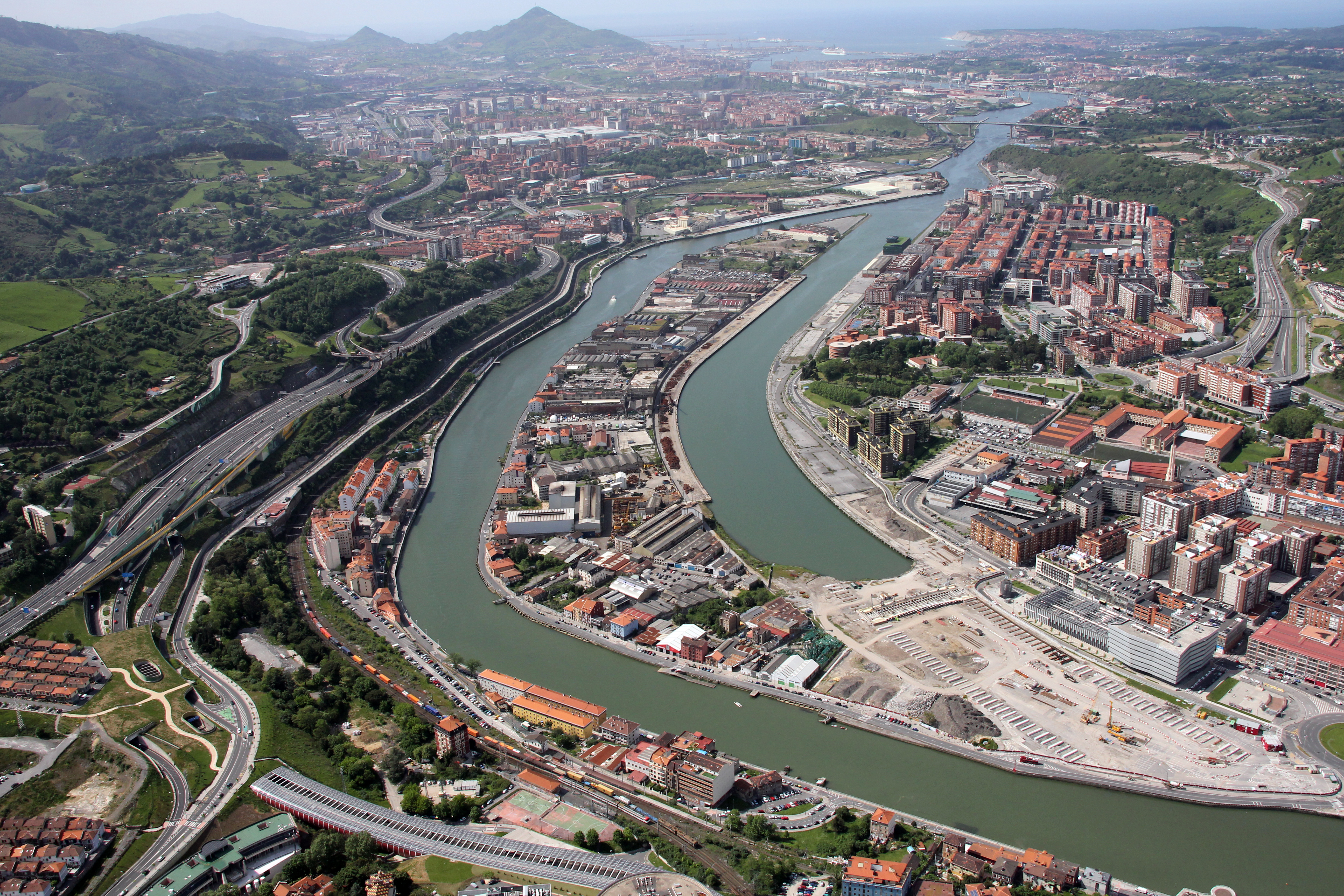The main stakeholders of the redevelopment project, the land owners of Zorrotzaurre, created the public-private partnership, the ’Comisión Gestora de Zorrotzaurre’ (the Management Commission of Zorrotzaurre) as a necessary element to advance the project. The private sector initiated the partnership, and, due to the importance of the project and the amount of land owned by public authorities (Port, City and Province), the public sector joined the ‘Comisión Gestora’. The ‘Comisión Gestora’ is a union of owners with no special legal status. The ‘Junta de Concertación’, the organization that was created to develop the first phase of the project, is an organisation defined in the Basque law for urbanism. Both are not-for-profit, since the final objective is to balance the costs with investments made by the owners.
The current members of the ’Comisión Gestora de Zorrotzaurre’ own 65% of the land in Zorrotzaurre; these are: The Regional Basque Government (through the Department of Employment and Social Affairs and the publicly-owned company Visesa), Bilbao City Council, the Port Authority of Bilbao, and private entities ‘Sociedad Promotora Inmobiliaria Margen Derecha S.A.’ and ‘Vicinay Cadenas S.A.’. The ’Comisión Gestora de Zorrotzaurre’ supervises the redevelopment plan of Zorrotzaurre (the ‘Master Plan Zorrotzaurre’) and the members pay for all the expenses of the project and contribute financially relative to the share of land they own (51% public, 49% private).
The residents of Zorrotzaurre are excluded from membership as they are not supposed to pay for any costs of the project. However, they, together with the neighbourhood association, have been involved in the design and development of the plans for which various interactions with the project managers have taken place. Among the results of these discussion has been a programme established by the ‘Society for Municipal Restoration’, or Surbisa, with a ring-fenced budget (donated 50% by developers of the general project and 50% by the municipality) to support and help existing owners and tenants to restore their buildings with special attention to improve accessibility and energy saving. Surbisa is a municipal company, owned 100% by the City. The Boards consists of all parties that have an elected member in the City.
In addition, the redevelopment plan has had two periods of public exposure where 38 and 10 claims respectively were received from citizens of Bilbao. As a result of the claims, a number of modifications were introduced into the initial planning approach, some of a minor nature and others more fundamental, like the decision to maintain the former industrial building known as the ‘Papelera’, which is located on the Deusto riverbank. Citizens wanted to maintain this historic building and it will now be converted into a cultural centre.



